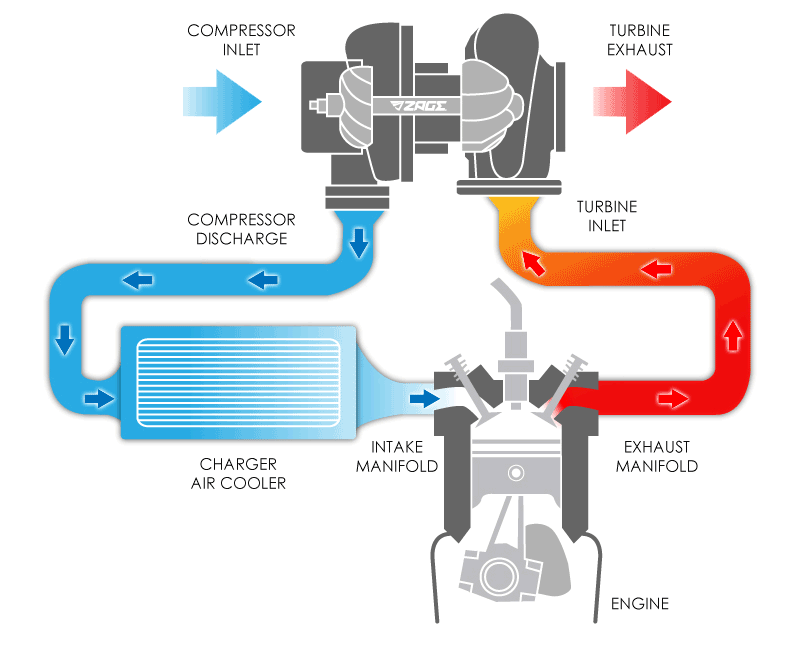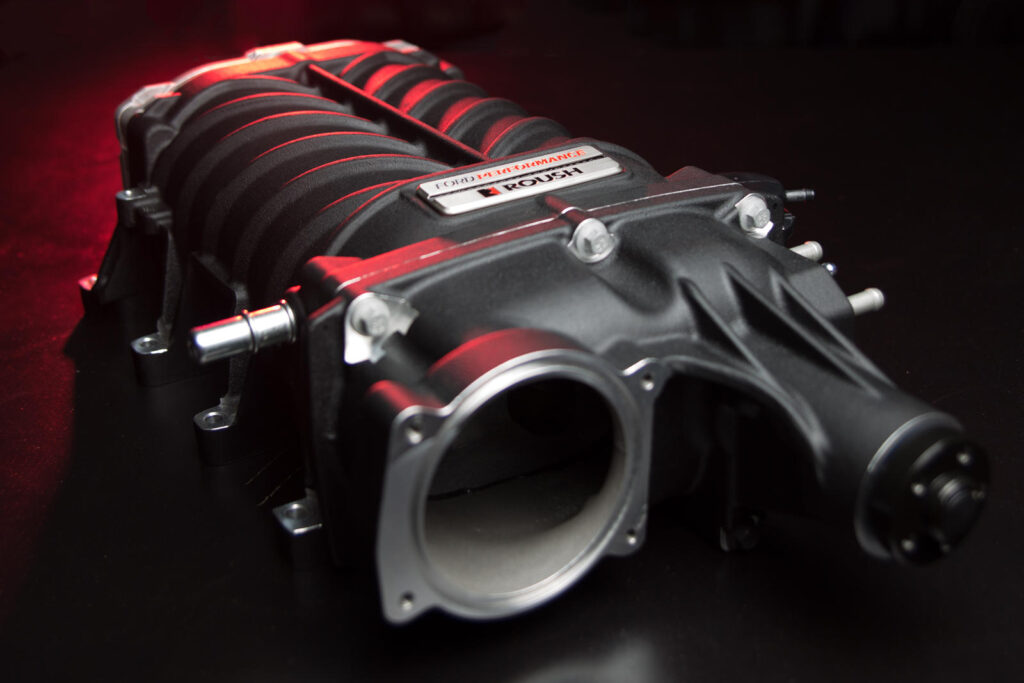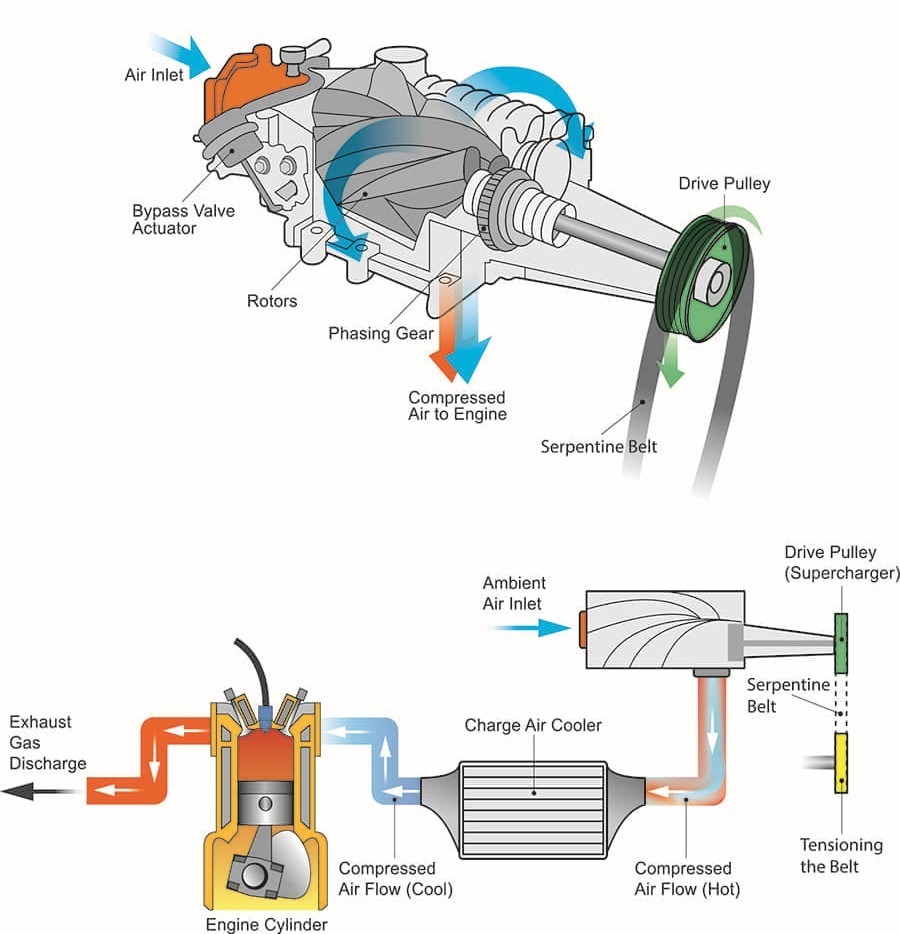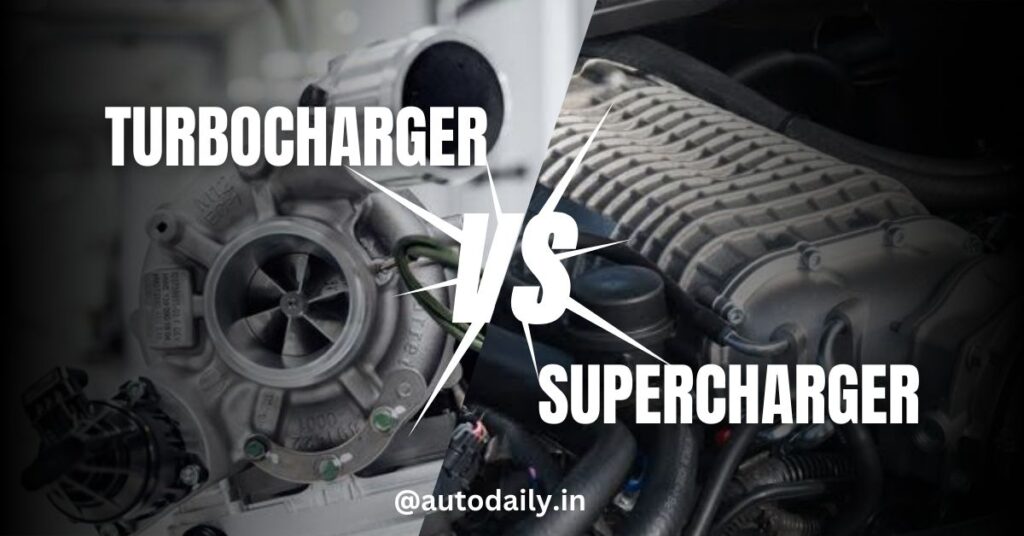What is turbocharger?
The turbocharger is a technical marvel in the realm of automobile engineering that has the capacity to convert ordinary engines into powerhouses. As automotive fans and engineers alike explore methods to increase performance, fuel efficiency, and emissions, the turbocharger has emerged as a significant actor in accomplishing these objectives. Let’s take a deeper look at this brilliant technology and discover the secrets of its capacity to enhance our driving experience.

A turbocharger is essentially a forced induction device meant to improve an engine’s efficiency and power output. Turbocharged engines, as opposed to naturally aspirated engines, turbochargers work on the forced induction concept. It uses exhaust fumes to power a turbine that is linked to a compressor. The turbine compresses incoming air before it enters the combustion chamber of the engine, resulting in a more powerful air-fuel combination.

Basic components of turbocharger
The turbocharger its not only a single component, instead it is a separate system consist of various components.
- Turbine: The turbine, which is powered by exhaust gasses, drives the complete turbocharger system.
- Compressor: A device that compresses and pushes air into the engine.
- Center Housing and Bearings: Bearings and the center housing provide structural support and decrease friction.
- Wastegate: This device controls boost pressure by redirecting surplus exhaust gasses.
- Intercooler: During compression, turbocharged air may get quite hot. Intercoolers reduce the density and performance of compressed air before it enters the engine.

Advantages of Turbocharging:
- Increased Power: One of the most obvious advantages of a turbocharger is the huge increase in power and performance. The turbocharger allows the engine to burn more gasoline by pumping more air into it, resulting in a higher power output. This translates to quicker acceleration, increased top-end speed, and a more thrilling driving experience overall.
- Improved Fuel Efficiency: Contrary to popular assumption, turbochargers may actually increase fuel economy when utilized intelligently. Turbocharged engines can achieve higher fuel efficiency than bigger, normally aspirated equivalents with comparable power outputs by extracting more power from each combustion cycle.
- Downsizing Without Giving Up Performance: Turbocharging enables engine makers to reduce engine size without compromising performance. Smaller, turbocharged engines may provide the same amount of power as bigger, normally aspirated engines, resulting in lighter, more fuel-efficient automobiles. This tendency has spread throughout the car industry as manufacturers struggle to achieve severe emission rules without sacrificing driving dynamics.
Challenges with Turbocharging:
Although the turbocharger looks more prominent in improving the vehicle performance but it has some challenges that should be considered.
- Turbo Lag: One typical issue with turbochargers is a problem known as “turbo lag.” This is the time it takes between the driver’s throttle input and the turbocharger generating more power. Although technological advances such as twin-scroll turbochargers and electronic wastegate controls have helped to reduce turbo lag, it remains a concern for engineers and fans.
- Heat Management: During operating, turbochargers create a substantial quantity of heat. Proper heat management is essential for preventing overheating and extending the life of engine components. Intercoolers, which cool compressed air before it enters the engine, are critical in addressing this issue.
What is supercharger?
When we talk about the Dodge Charger and Challenger, we cannot ignore that deep, rumbling, and authoritative nature sound which we listen. The secret behind this pleasant sound is the supercharger. Few components evoke as much excitement and curiosity in the ever-changing world of car engineering as superchargers. These mechanical wonders have formed the foundation of high-performance engines, giving increased power and exciting performance. This in-depth study will look into the inner workings, kinds, benefits, problems, and many uses of superchargers.

Superchargers are forced induction devices that are meant to boost an engine’s air intake for improved combustion. Superchargers, as opposed to turbochargers, are directly powered by the engine via a belt linked to the crankshaft.

Types of Superchargers:
- Roots Supercharger: The Roots design, known for its classic look, provides continuous and quick airflow, making it popular for low-end torque.
- Twin-Screw Supercharger: Twin-screw superchargers provide a combination of rapid reaction and economy by combining characteristics of Roots and centrifugal systems.
- Centrifugal Supercharger: The compressor, which operate similarly to turbochargers but are manually powered, provide more gradual power delivery, making them suited for high RPM performance.

Advantages of Supercharging:
- Immediate Power Boost: Superchargers increase horsepower and torque instantly, resulting in improved acceleration and overall performance.
- Linear Power Delivery: Superchargers, as opposed to turbochargers, provide more linear power distribution across the engine’s RPM range, offering a smooth driving experience.
- Throttle Response: Superchargers increase throttle response and make the car more responsive and dynamic.
Challenges with supercharging:
- Heat Generation: Because superchargers generate more heat during operation, effective cooling devices such as intercoolers are required to maintain peak performance.
- Power Consumption: Because superchargers are mechanically powered, they use a portion of the engine’s power. However, advances in design and materials are aiming to reduce this impact.
key Differences between Turbocharger and Supercharger
| Features | Turbocharger | Supercharger |
|---|---|---|
| Power Source | Driven by exhaust gases, powered by turbine. | Driven by engine via a belt connected to the crankshaft. |
| Response Time | May have some turbo lag due to exhaust flow time. | Immediate response, no lag as it’s mechanically driven. |
| Efficiency | Generally more efficient at higher RPMs. | Efficient at lower RPMs, providing immediate power. |
| Installation Complexity | Typically more complex due to exhaust integration. | Generally simpler installation. |
| Size and Weight | Compact and lightweight. | Larger and may add more weight to the engine. |
| Maintenance | Typically requires less maintenance. | May require more frequent maintenance due to mechanical components. |
| Fuel Efficiency | Can contribute to better fuel efficiency at higher RPMs. | May impact fuel efficiency due to constant power consumption. |
| Engine Downsizing | Allows downsizing of engines for improved efficiency. | Can contribute to downsizing but may not be as effective as turbochargers. |
| Heat Generation | Less heat generated compared to superchargers. | More heat generated during operation. |
| Noise Level | Generally quieter compared to superchargers. | Can produce a more audible whining noise. |
| Cost | Can be more expensive due to complexity. | Generally more affordable for initial purchase and installation. |
| Adaptability to Altitude | Performs well at higher altitudes due to reliance on exhaust gases. | Performance may degrade at higher altitudes due to mechanical drive. |
| Applications | Common in diesel engines and smaller cars. | Popular in muscle cars and larger engines. |
Join Us : WhatsApp Channel
FAQ
A turbocharger is powered by a turbine in the exhaust stream, while a supercharger is directly connected to the engine and driven by the crankshaft. Both devices increase air pressure or density to enhance engine performance.
Turbochargers use exhaust gases to spin a turbine, which then compresses incoming air. This compressed air provides more oxygen for combustion, resulting in increased power output.
Superchargers are physically connected to the engine and operate by using the engine’s crankshaft as a direct energy source. They provide instant boost but consume engine power.
It depends on the application:
Turbochargers recover energy from exhaust gases and are efficient for fuel economy.
Superchargers provide instant boost but consume engine power. They are ideal for high-performance applications.
Turbo lag refers to the delay in turbocharger response due to the time required for exhaust pressure to build and spin the turbine. Superchargers do not suffer from this lag.
Top-fuel dragsters need instant power delivery, so they use superchargers. Superchargers provide immediate boost without waiting for exhaust pressure to build.
Mild hybrid systems with 48-volt electrical systems can drive superchargers using recuperated electricity. This trend is increasing in modern vehicles.
Superchargers consume engine power, which can reduce engine life. However, proper maintenance and design minimize negative effects.
Vehicles aiming for better fuel efficiency use turbos. Turbos recover energy from exhaust gases without consuming engine power.
Superchargers driven by recuperated electricity may become more common. Turbos will continue to play a crucial role in improving fuel economy.

